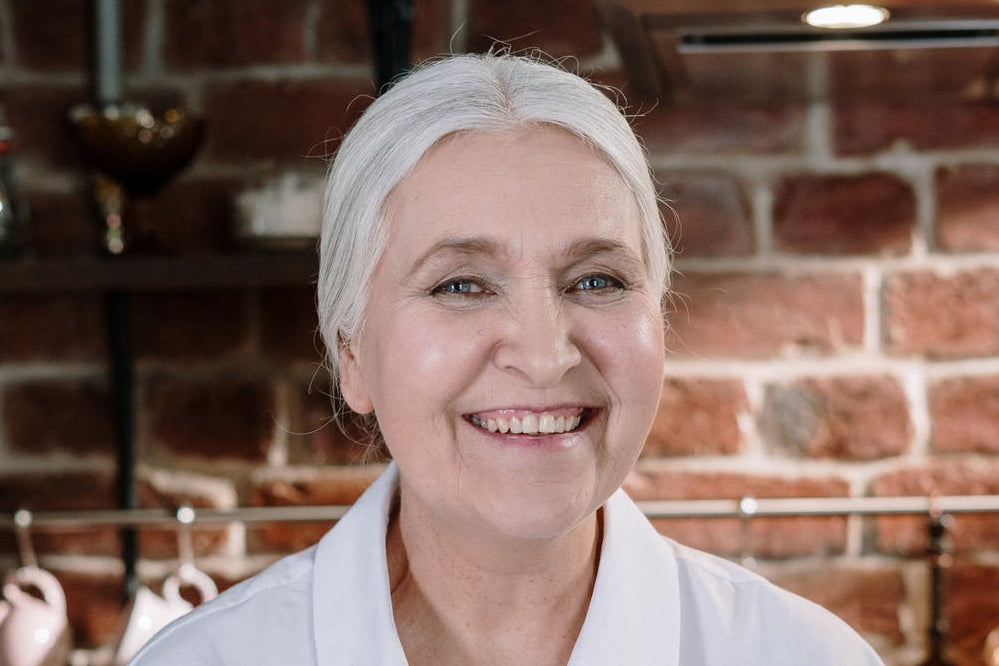One of the first signs of a hormonal imbalance may be thinning hair, whether that's due to the menopause or an under-active thyroid. To better understand how these varied changes can have an impact; here are five ways a hormonal imbalance could lead to hair loss.
Pregnancy –
Pregnancy is often associated with luxuriant hair growth due to high levels of growth factors, hormones and increased blood circulation. After giving birth, it's normal to lose a significant amount of hair as levels of these circulating growth factors and hormones plummet. This can cause hair life cycles to synchronise, so lots of hair falls out at the same time, leading to noticeable hair loss.
Stress –
Hair follicles contain some of the most active cells in your body, which need a continuous supply of oxygen, protein, vitamins and minerals. Stress hormones cause the tiny blood vessels supplying your follicles to constrict as blood is diverted away from your skin to your muscles and brain as part of the fight-or-flight stress response. This reduced flow of nutrients can cause your hair to look dull, lack-lustre and limp. Stress also synchronises the natural life cycles of hair follicles so they enter their shedding phase and you lose more hair than usual. Older, more pigmented hair falls out first, and if the younger hairs left behind are less pigmented, this phenomenon cause someone to look more grey quite quickly – hence tales of someone turning grey with shock.
Polycystic Ovary Syndrome –
Polycystic ovary syndrome (PCOS) is a common female condition in which small cysts form on the ovaries. Why this happens is not fully understood, but it results in a hormone imbalance in which the ovaries produce more testosterone than usual. Higher than normal levels of testosterone can lead to oily skin, acne, and excess facial hair and thinning scalp hair (female pattern baldness). You may also notice light or irregular periods, which may stop altogether.
Menopause –
Women naturally produce a small amount of testosterone hormone which, before the menopause, is balance by a larger amount of oestrogen. As oestrogen levels fall before, during and after the menopause, the relative effect of testosterone increases. Within hair follicles, testosterone is converted into a stronger hormone, called dihydrotestosterone (DHT) which can inactivate hair follicles, leading to hair thinning and hair loss.
Underactive Thyroid –
Thyroid hormones regulate your metabolic rate and the speed at which cells work – including those within your hair follicles. When you produce too few thyroid hormones, the imbalance can make your hair dry, brittle and noticeably finer. You will also have a tendency to put on weight, find it difficult to keep warm and generally feel slowed down and lacking in energy.




Share:
Will sandalwood be the cure for baldness?
Lymphoma and Hair Loss